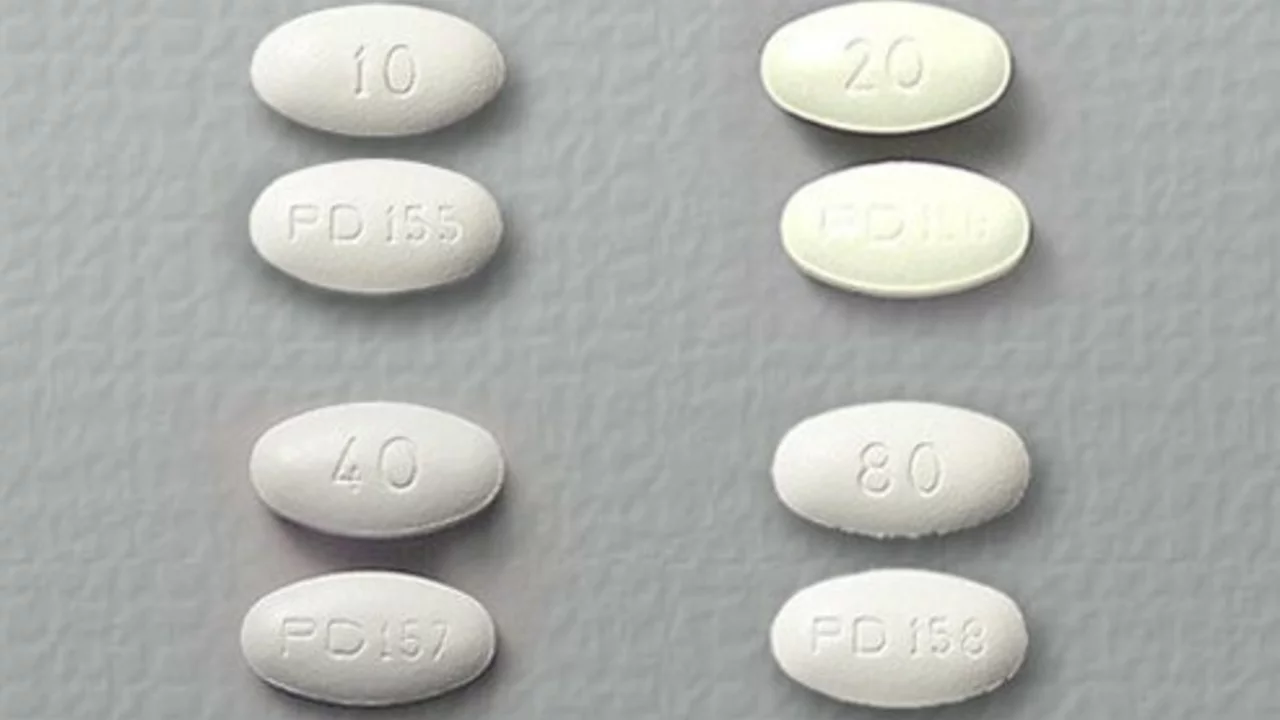Inositol: What It Is and Why People Use It
Inositol is a vitamin-like compound that helps cells communicate, especially around insulin and brain signals. You’ll hear it called myo-inositol or D-chiro-inositol — both are forms with different roles. People take inositol for PCOS, fertility, anxiety, and to support blood sugar. It’s not magic, but many find noticeable benefits when used correctly.
Who Might Try Inositol and When It Helps
If you have polycystic ovary syndrome (PCOS), inositol often improves menstrual regularity, ovulation, and insulin sensitivity. Couples trying to conceive sometimes use inositol to improve egg quality. For anxiety and mild mood issues, myo-inositol has evidence for helping reduce symptoms in some people. Athletes or those handling insulin resistance also report benefits for blood sugar control.
Choose the form based on your goal: myo-inositol is commonly used for fertility and mood, while D-chiro-inositol targets insulin signaling. Some supplements combine both to mirror the body’s natural ratio.
Practical Dosing and How to Take It
Typical doses vary by reason. For PCOS and fertility, 2,000 mg (2 g) of myo-inositol twice daily is common — total 4 g/day. Studies often use this regimen. For mood or anxiety, doses range from 12 g/day down to 2–4 g depending on the study and response; higher doses can cause nausea, so start low. D-chiro-inositol doses are smaller, often 50–600 mg daily, and combos use a 40:1 myo:D-chiro ratio that many clinicians prefer.
Take inositol with or without food. If stomach upset happens, split the dose or take it with a meal. It comes in powders, capsules, and tablets; powders let you adjust dose easily and often cost less.
Safety is good for most adults. Side effects are usually mild: nausea, gas, or headache. Very high doses can cause diarrhea. If you’re pregnant, breastfeeding, on diabetes meds, or have a serious health condition, talk with your doctor before starting inositol. It can affect blood sugar, so dose adjustments for diabetes medications may be needed.
When choosing a supplement, look for third-party testing, clear labeling of myo- vs D-chiro content, and transparent ingredient lists. Cheap doesn’t always mean value — purity matters. If you’re buying online, pick reputable sellers and check reviews and lab tests when available.
Want to try inositol? Start with a proven dose for your goal, give it 2–3 months to see effects for fertility or metabolic changes, and track symptoms. If you notice improvements or side effects, discuss them with your healthcare provider to fine-tune the plan.
Inositol isn’t a cure-all, but for the right reasons it’s a low-risk, well-studied option that many people find helpful. If you have more specific questions about dosing or interactions, I can help break it down for your situation.

